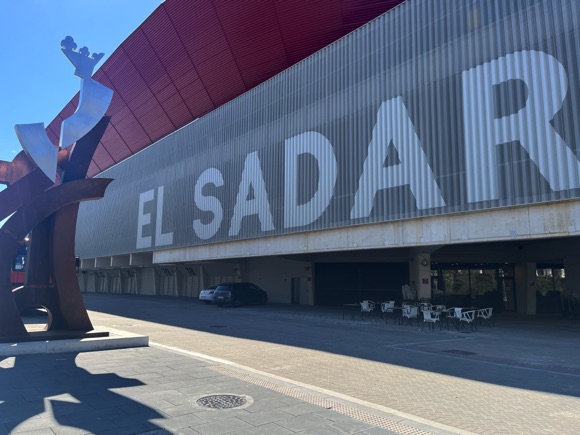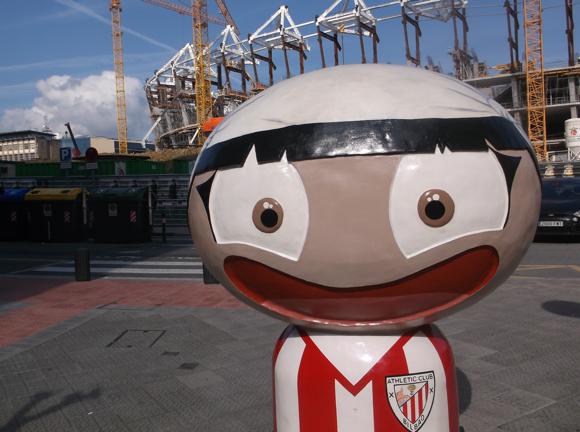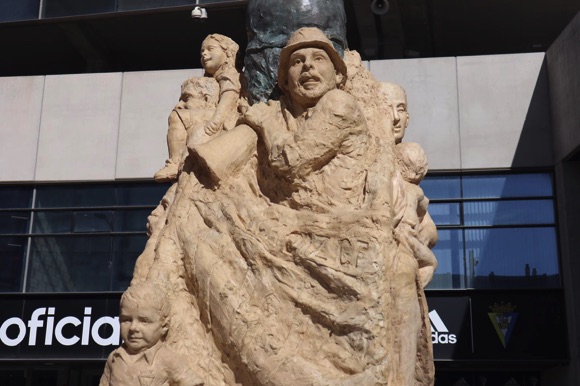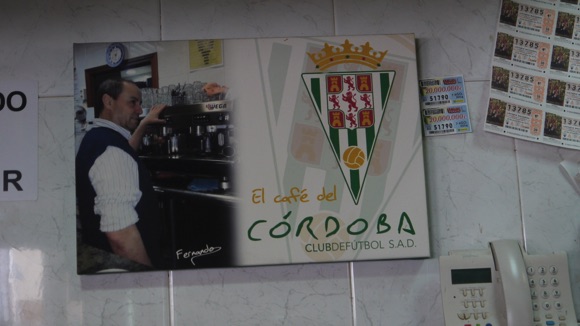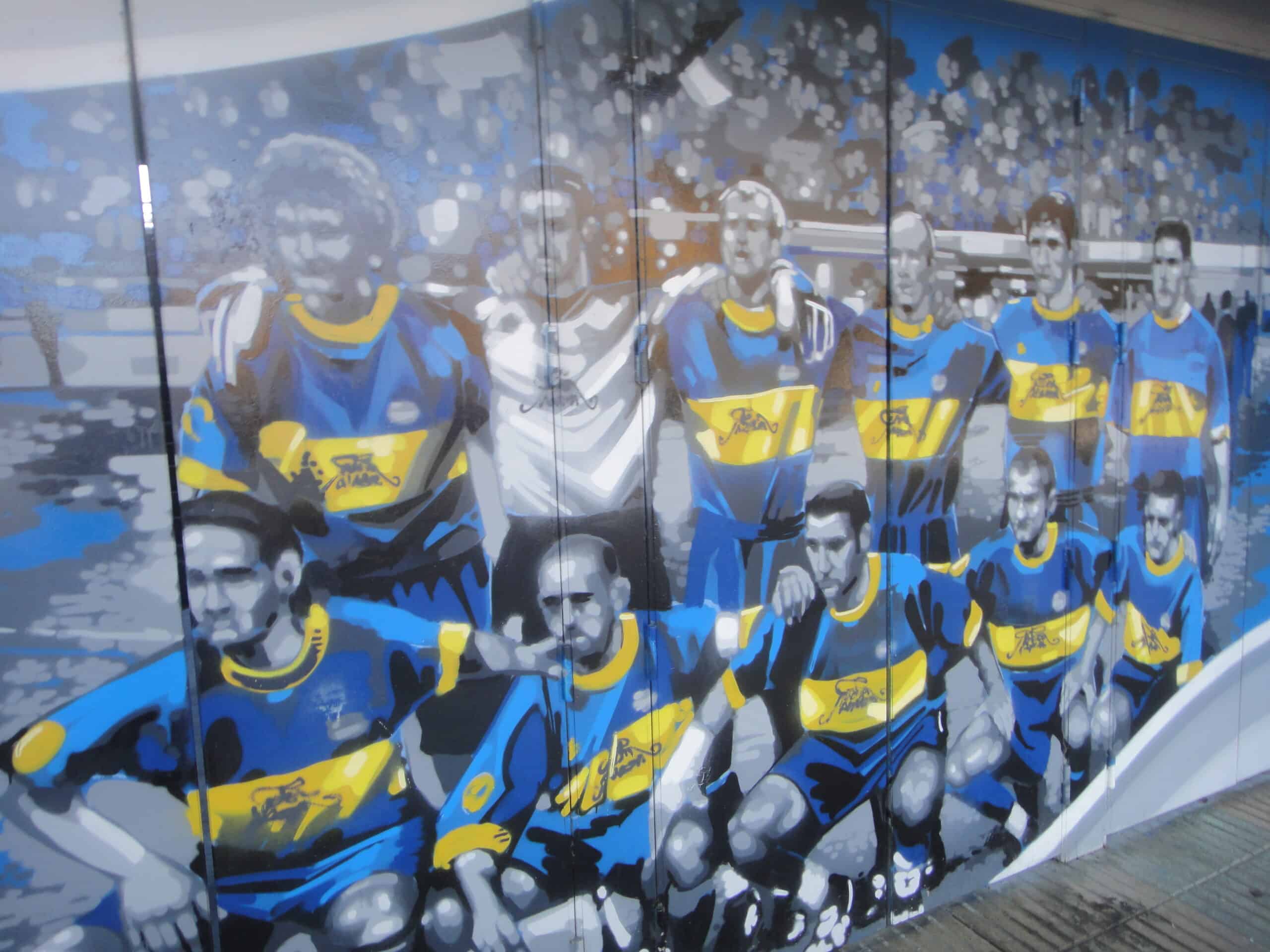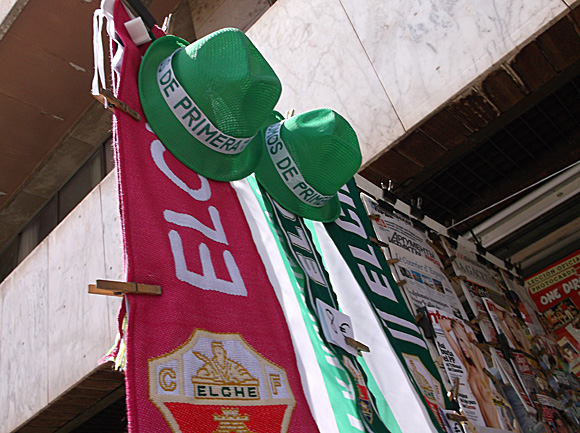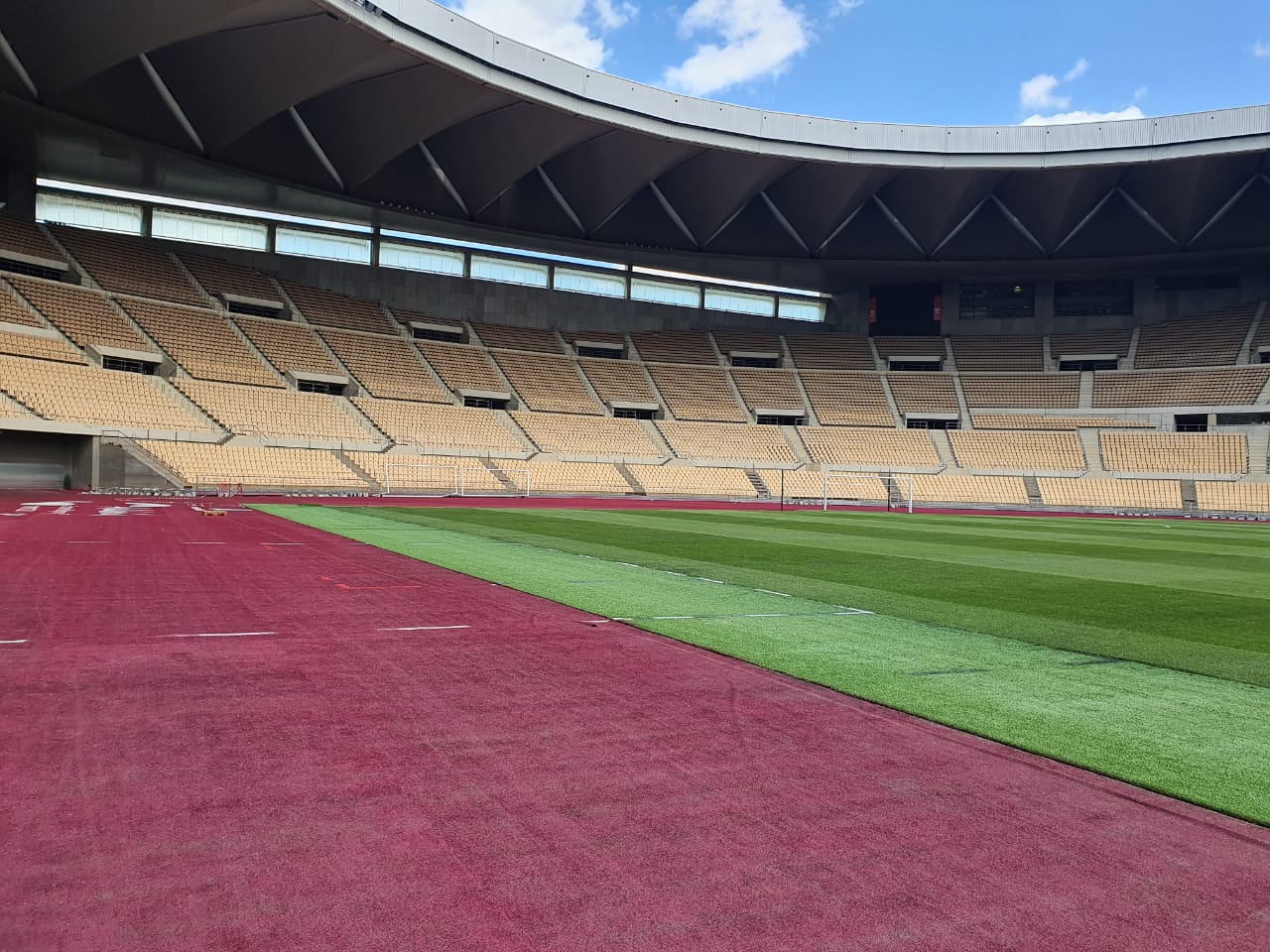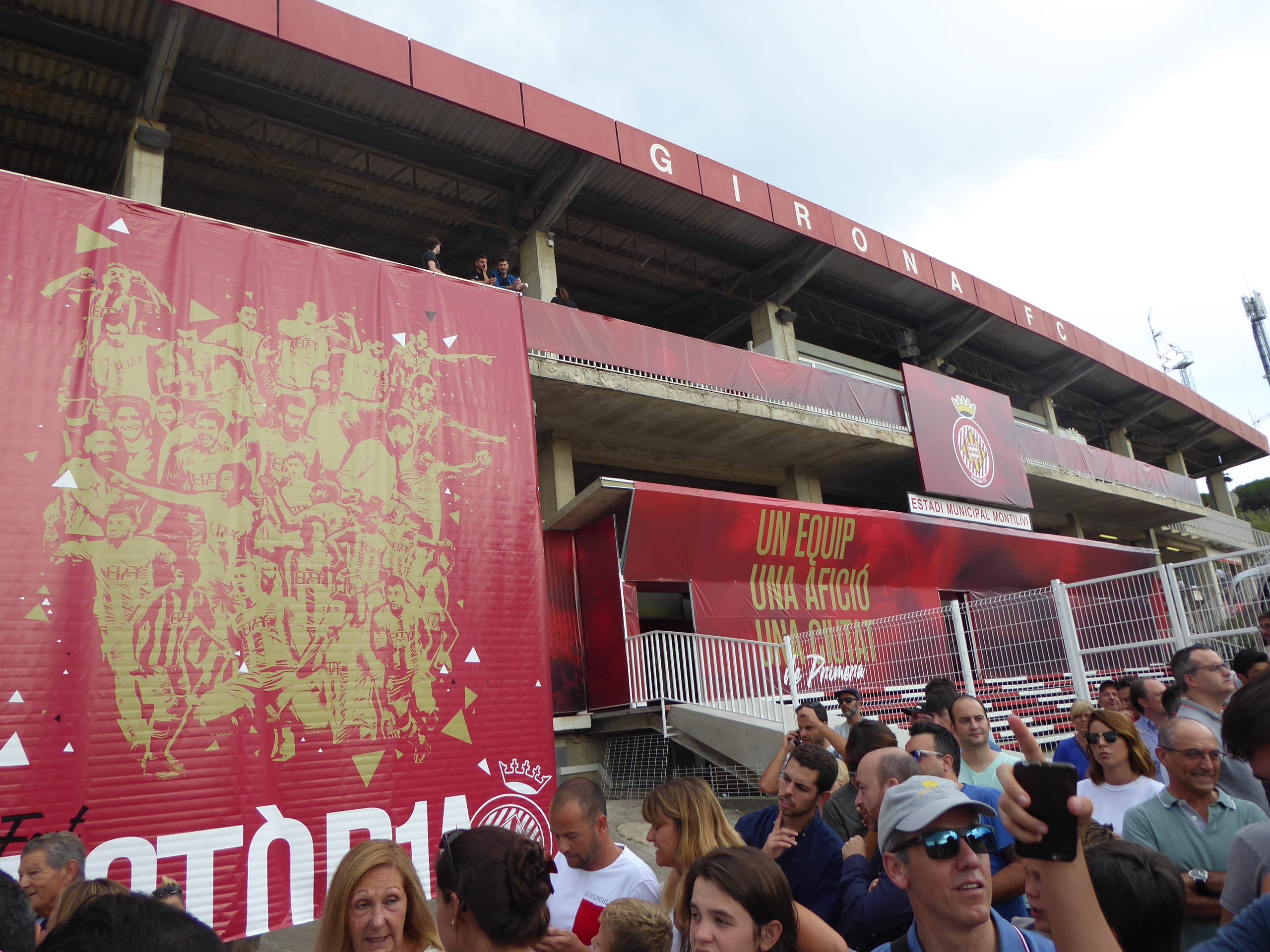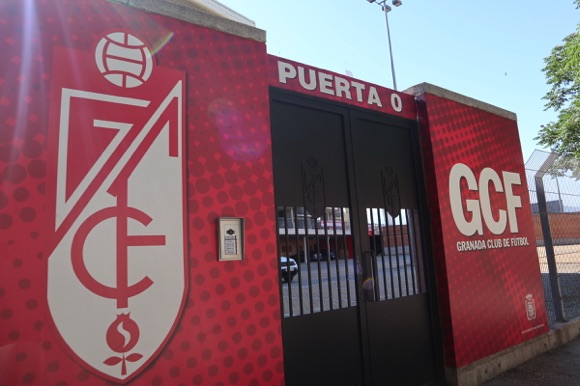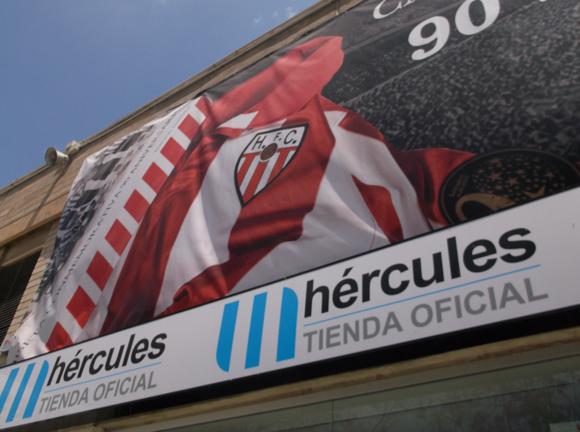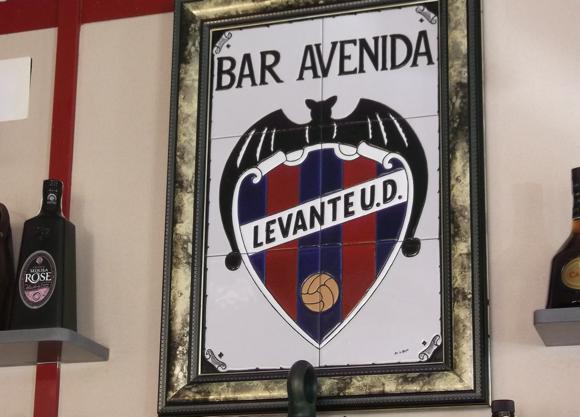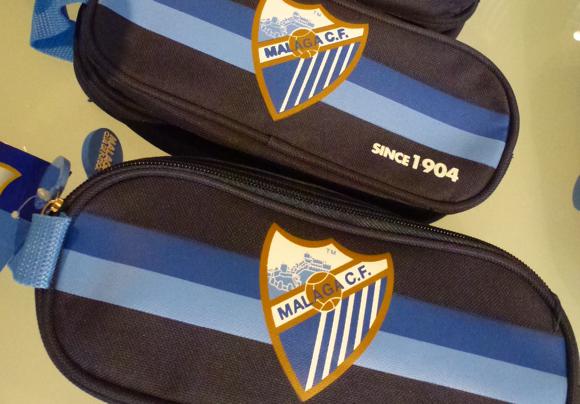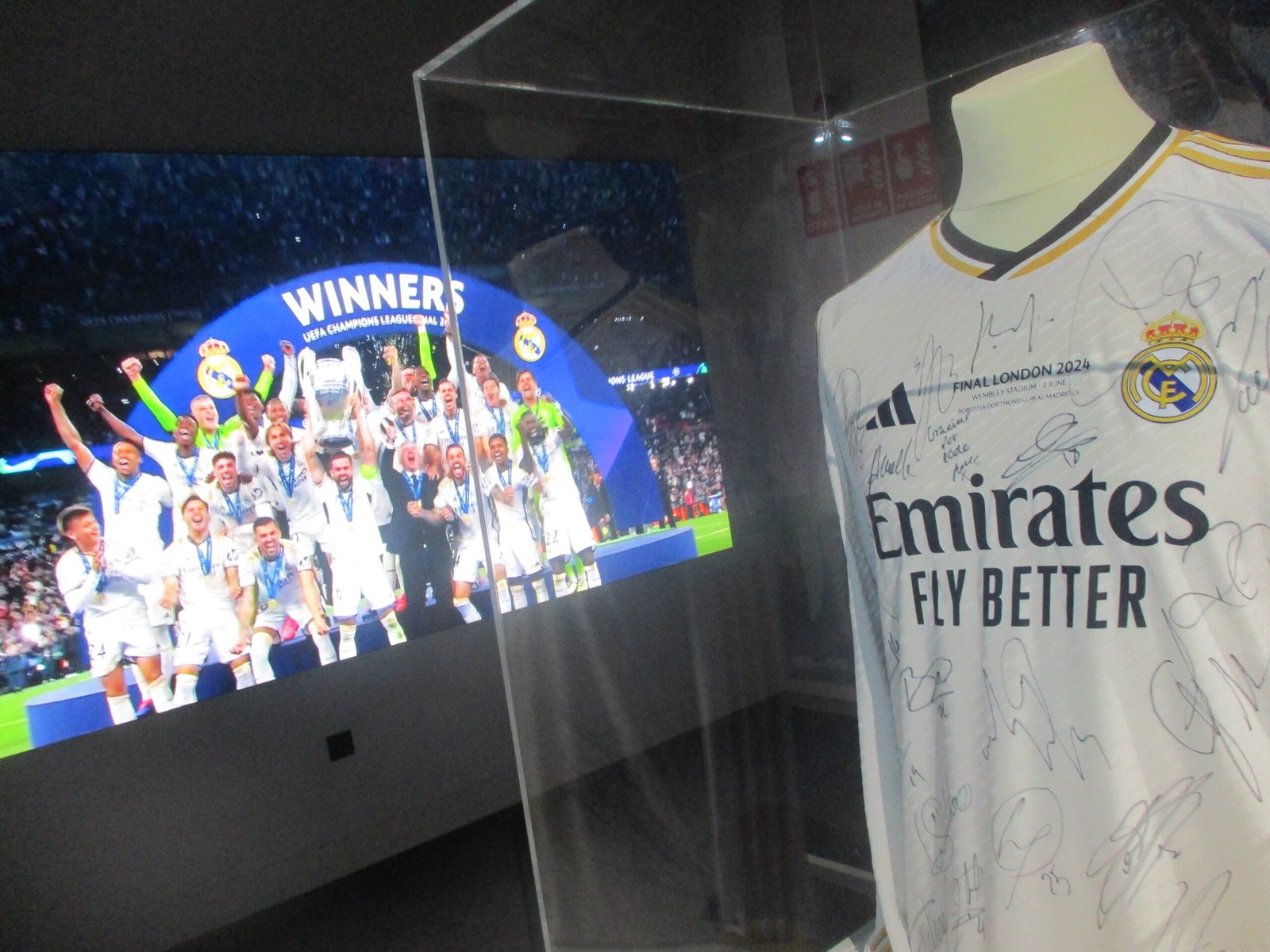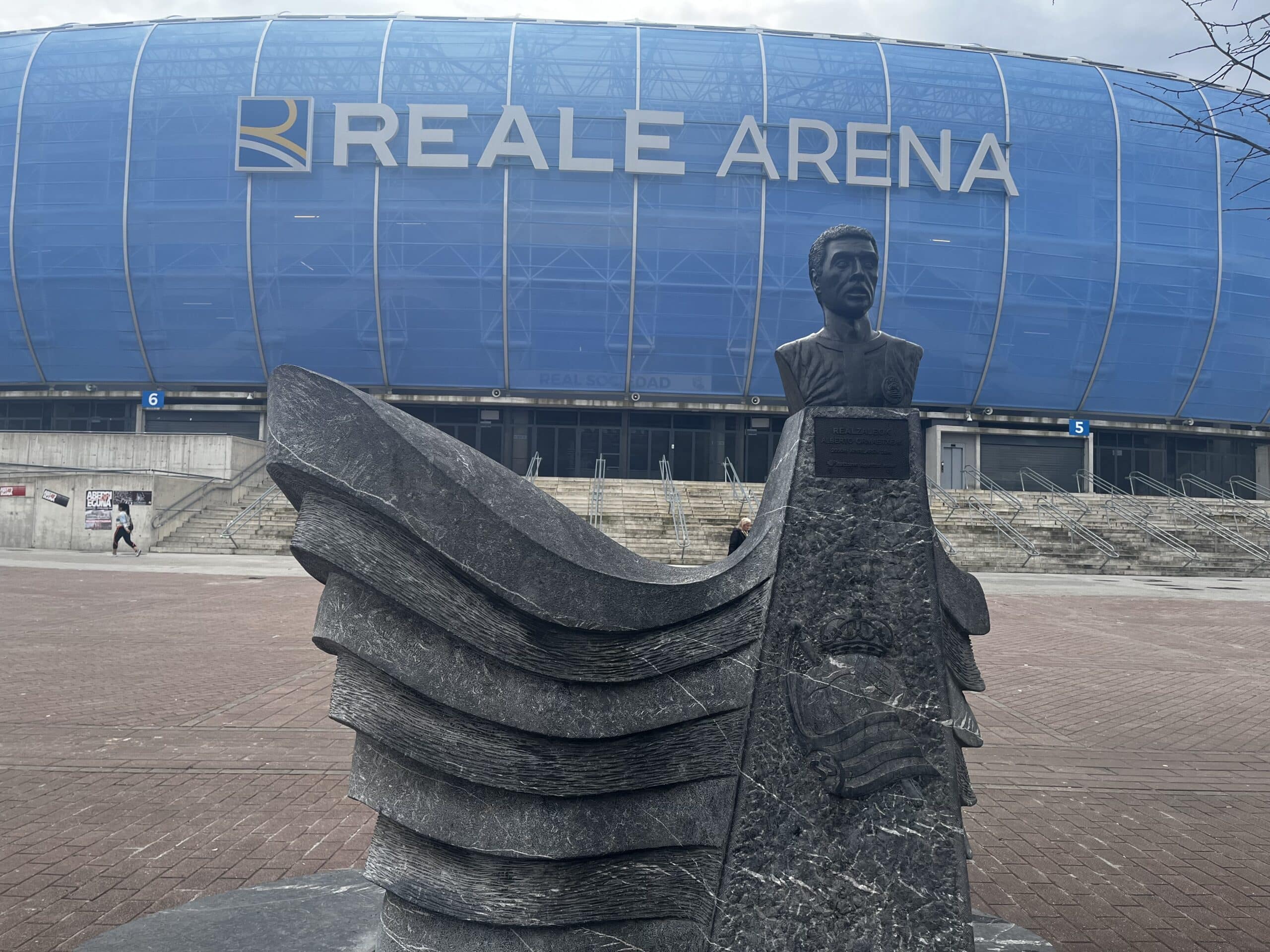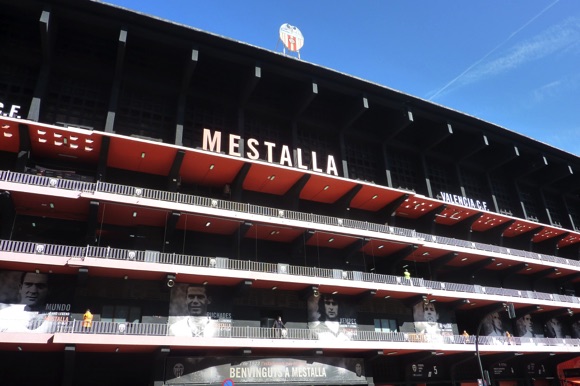A fan’s guide – the club from early doors to today
Osasuna are the flagship club for both Pamplona and the Navarre region. Playing at the intimate El Sadar stadium, the Gorritxoak (‘Little Reds’) have maintained a top-flight presence for all but ten seasons since 1980.
With Basque roots – Osasuna means ‘Health’ in Basque – the club were late developers compared to Athletic Bilbao or Real Sociedad.
Formed from a merger of two local sports associations in 1920, Sportiva and New Club, Osasuna played a series of occasional friendlies against mainly Basque opposition.

With star players such as Spanish international Seve Golburu and teenage prodigy Julián Vergara, Osasuna made the Segunda in 1932 and the Primera three years later. Despite the presence of the Bienzobas brother, international striker Paco and centre-half Cuqui, the stay was a brief one.
It wasn’t until the late 1950s that Osasuna kept pace in the Primera for any length of time. Later Real Madrid star, Navarre-born Ignacio Zoco started his career at Osasuna then, his departure signalling two dark decades for the Gorritxoak.
Forced to sell their long-term home of the Campo de San Juan and decamp to the out-of-town El Sadar in 1966-67, Osasuna moved into the modern, post-Franco era under long-term club president (and bank director) Fermín Ezcurra.

With the development of the Tajonar training centre and on a sounder financial footing, Osasuna regained top-flight status in 1980.
Foreign internationals such as Pole Jan Urban (best remembered for his hat-trick in a 4-0 win at the Bernabéu), Michael Robinson, Sammy Lee and Ashley Grimes came to the fore as Osasuna earned top-six league finishes and embarked on campaigns in the UEFA Cup.
A memorable 3-2 win in Stuttgart in 1991-92 stands out, Osasuna beaten by eventual UEFA Cup winners Ajax in the next round, with a goal in each game by Dennis Bergkamp.

In 2005-06, the Champions League beckoned thanks to consistent form from former Manchester United keeper Ricardo and a fourth-place league finish. Osasuna had pipped Sevilla on the clubs’ head-to-head record, though the Andalusians gained revenge the following year.
Osasuna having failed to reach the group stage of the Champions League, they beat Bordeaux, Rangers and Bayer Leverkusen to make the semi-final of the UEFA Cup. Holders Sevilla then overturned a 1-0 deficit in Pamplona to go on to lift the trophy once more.
Osasuna were then mired in mid-table or worse. In 2009, a 30-yard screamer from Juanfran saved the day against his old club, Real Madrid. In bottom place and 1-0 down at half-time, Osasuna’s improbable 2-1 win kept them up for another season.

There was no such dramatic salvation in 2013-14, only a sad, slow sink back to the Segunda. The arrival of manager Jagoba Arrasate from Numancia in 2018 saw a reversal of fortunes. Winning the Segunda after a slow start and superb performances from locally born, one-club midfielder Roberto Torres, Osasuna held their own in the Primera, another local stalwart, Oier Sanjurjo a rock at defensive midfield.
It was a similar story the following season, and again in 2021-22. Now firmly established in the squad are young, home-produced talents such as midfielder Jon Moncayola, and wingers Kike Barja and Javi Martínez.
Pamplona’s flagship side may never have won a major honour but they remain a solid organisation with a bedrock of support across Navarre many clubs should envy. The recent modernisation and expansion of El Sadar underline the progress made since 2018 – and the continuing link with fans, who chose the new design.
Stadium Guide
The field of dreams – and the stands around it
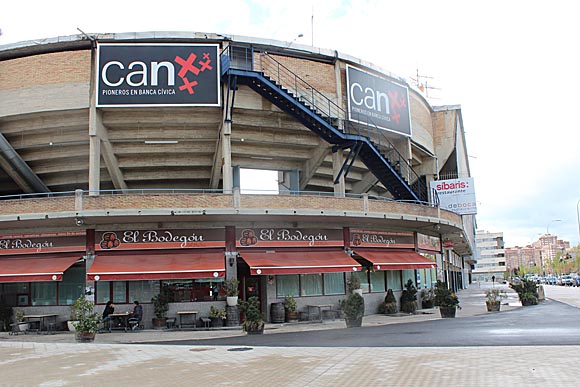
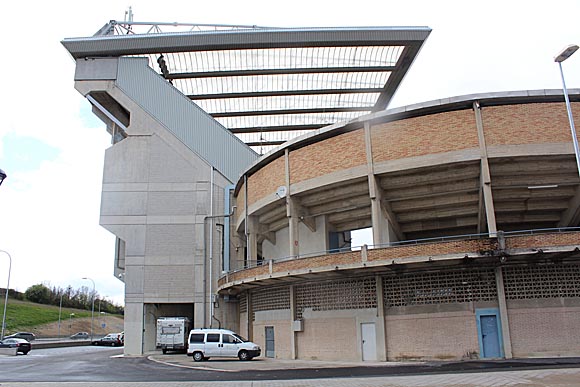

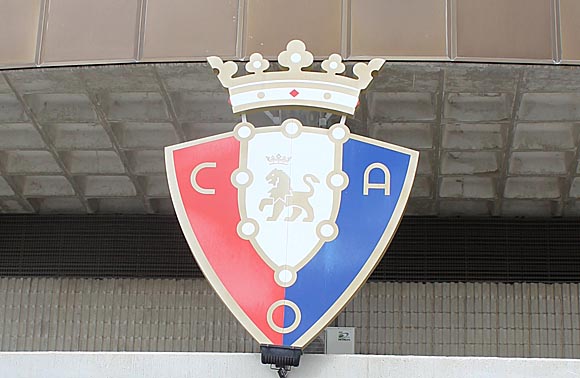
El Sadar, previously known as the Reyno de Navarra, is the intimate ground built by Osasuna in 1967 after financial circumstances forced them to sell the Campo de San Juan. Attractively located the other side of La Ciudadela park from the Hotel Tres Reyes, the San Juan held fewer than 10,000 spectators and served Osasuna for more than 40 years.
El Sadar was built close to the river of the same name, on cheaper land south of town. Comprising four two-tiered stands, it was unveiled with a triangular tournament in September 1967. The opening game was between Real Zaragoza and Vitória Setúbal.
A new Preferencia Alta Stand was added in 1989, increasing capacity to 30,000. This was reduced a decade later when El Sadar became all-seated. With the income from regional government sponsorship in 2006 – hence the short-lived name change – offices, private boxes and a club shop were gradually installed.

The layout remained simple – Fondos Norte and Sur behind each goal, the Preferencia main stand on one sideline, facing the Lateral on the other. Visiting fans were allocated a sector in the Tribuna Alta, the highest seats, above the Preferencia.
While this layout still holds good, much has changed since the necessary decision to modernise El Sadar around the time of its 50th anniversary in 2017. Safety rather than expansion was the first priority but nevertheless, the plan members voted for out of the five on public display at the University of Navarre involved an increase of capacity to around 24,000.
An upper ring has been added to three stands, as well as rail seating in the home Fondo Sur allowing fans to stand and shout to their heart’s content. Not for nothing was the adopted plan called Muro Rojo or Red Wall. The overall cost of €23 million is €8 million more than the first estimate but the end result has lifted Osasuna from a middling club in a jaded stadium out of town to one with ambition – backed by a string of solid campaigns in the top flight.
El Sadar is also now a venue capable of staging internationals, as proved by the Messi supershow in June 2022 when he scored all five of Argentina’s goals here against Estonia.
getting there
Going to the stadium – tips and timings
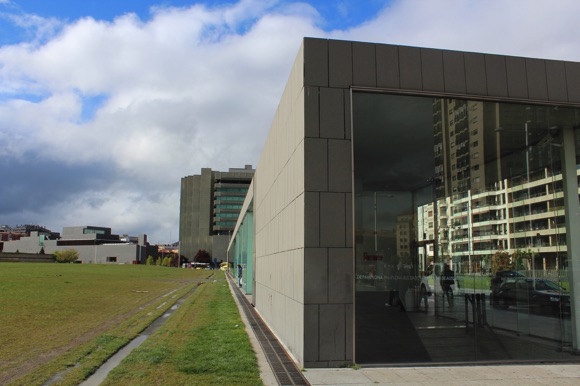

El Sadar is near the university campus south of Pamplona, just off the main Avenida Zaragoza that leads from town to the airport.
Three buses serve the route, each running every 15-20mins. The 11 runs from Labrit by the Plaza de Toros, passing by the Avenida Hotel, before stopping at C/Sadar, the 14 by the stadium. It’s nine stops from Labrit, seven from the hotel – allow 15mins.
Airport bus 16 runs five stops from the bus station to Avenida Zaragoza 105, by the junction with Avenida Navarra. Alternatively, if you’re coming in from the airport, alight at Avenida Zaragoza 101 across the road. The stadium a ten-minute walk away.
getting in
Buying tickets – when, where, how and how much

With capacity now around 24,000, availability is less of an issue. The El Sadar office (Tue-Fri 9.30am-1.30pm, 4.30pm-7.30pm) deals with ticket sales in the week before the game, the El Sadar ticket office (Sat 11am-1.30pm, 6.30pm-8pm, match day from 10am) over the weekend. Online sales are Spanish-only but reasonably easy to negotiate.
For most league fixtures, a seat in the Tribuna Gol (Norte) and Sur, and Grada Gol is €40-€45, rising to €50-€60 in the Tribuna Lateral and Preferencia. Prices increase by at least €20 for the visits of Barcelona and Real Madrid.
what to buy
Shirts, kits, merchandise and gifts

At the stadium, the rather swish Tienda Oficial (Mon-Sat 10am-8pm, match day Sun from noon) proffers a range of goods in red and blue, including the current version of the first-team top with one red sleeve and one blue, the front all red. Away is black with red markings, third-choice off-white with one turquoise sleeve. Go figure.
The Osasuna Subbuteo set should impress your friends the next time to go round there for a game, although you may get a few looks if you walk into your local sporting a Basque beret (in red or black) with the club’s logo on the front. There are still a few souvenirs related to the club’s centenary year of 2020.
Where to Drink
Pre-match beers for fans and casual visitors
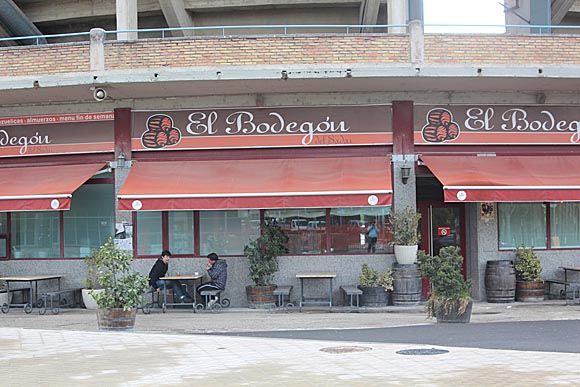





By the roundabout one bus stop before the stadium (look out for the beret-topped Osasuna figure outside), bar, restaurant and pension Casa Albero (C/Zolina 3) is popular pre-match, its walls decorated with framed shirts.
Two bars are built into the stadium. El Txoko del Sadar on C/de Eladio Cilveti is a friendly place used as a day-to-day drinking spot by people from the neighbourhood. El Bodegón de Sadar on C/Sadar is more substantial, with touches of red and blue inside, and provides a full menu. Both have seats outside, El Bodegón’s with a roof.

